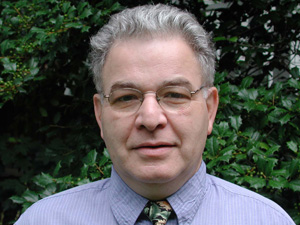Curtis Bay is an industrial area located at the southern tip of Baltimore, MD. Residents have been subject to heavy doses of industrial pollution for decades. When a 4,000-ton per day garbage incinerator was proposed, students and alumni of Benjamin Franklin High School reacted with a sophisticated organizing campaign to stop the plant that has been supported by the city’s establishment. The student organization Free Your Voice, with support from the Environmental Integrity Project and United Workers-Baltimore, lead a city wide community organizing campaign featuring a home made video of student and resident concerns for reducing, not adding to the community’s pollution, and for environmentally sound jobs. Energy Justice Network and the Institute for Local Self-Reliance have supported these efforts.
Last week the effort had a breakthrough. The Baltimore and Annapolis school systems, downtown Baltimore museums and other local institution had agreed to purchase “clean electricity” from the proposed incinerator. These institutions became a target for anti incineration organizing by Free Your Voice.
Last week the Baltimore Regional Cooperative Purchasing Committee (BRCPC), announced that its members would not purchase electricity from the garbage incinerator. Greg Sawtell, United Workers, stated that the planned incinerator “lost a major portion of their energy buyers while already struggling to secure financing” to proceed with the plant’s construction. At the same time the community is seeking a positive outcome from their efforts; solar energy farm and an eco-industrial park to host recycling, reuse and composting companies.
See Baltimore City Paper, February 16, 2015
Here are additional comments from Curtis Bay:
“Fighting this incinerator had me, personally, thinking into what are the basic human rights. I realized that with my experience with asthma and growing up close to Curtis Bay, that the people living there don’t deserve an incinerator. There’s already a lot of pollution and Curtis Bay has been treated like a dumping ground for far too long. Breathing clean air is a basic human right. This milestone shows that public entities are acknowledging that this incinerator isn’t a good idea and that there are humans whose lives could be affected if it were to be built. The residents of Curtis Bay are human just like the people running these big polluting businesses.”
-Joshua Acevedo (Free Your Voice)
Just stopping the incinerator isn’t enough. We understand that the population of Baltimore needs electricity; we understand that the incinerator was to create jobs and stimulate the local economy. However, we believe there are other alternatives to the proposed incinerator, alternatives that will not involve poisoning the already-toxic environment within and around the Curtis Bay community. One of those alternatives gaining popular community support is a solar facility, a solar farm, on the tract of land currently owned by FMC Corporation.
-Amanda Maminski Curtis Bay Resident
More Media Coverage





